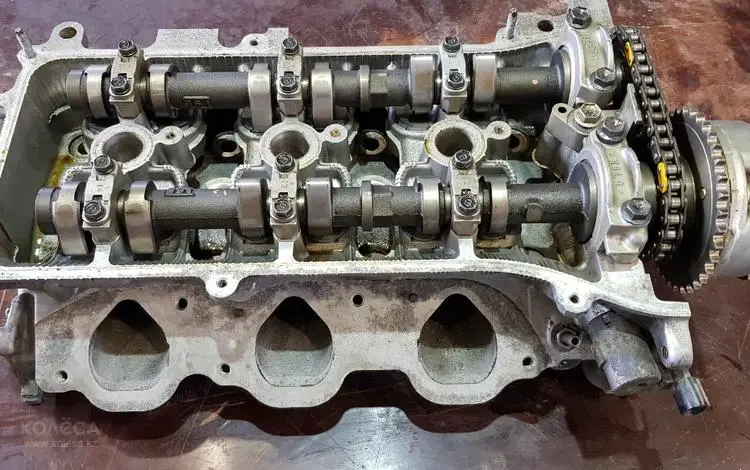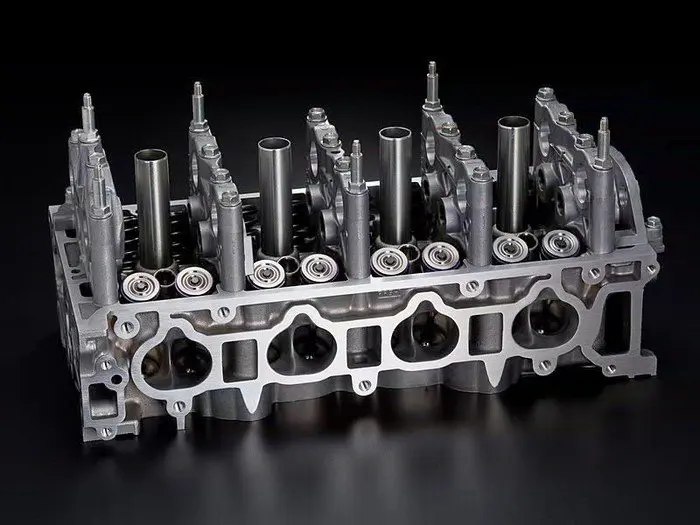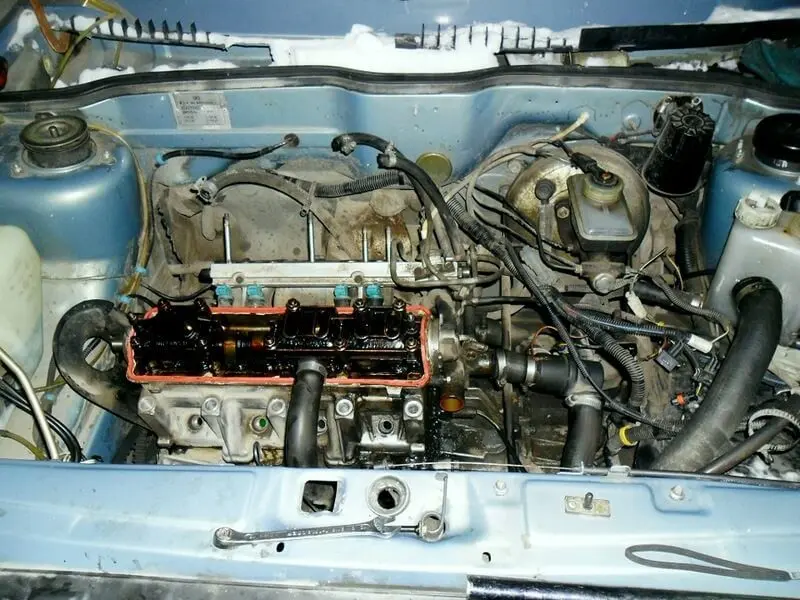
The cylinder head: the most important about the structure, operation and malfunctions
Content
Since the inception of the first internal combustion engine, the unit has undergone many modifications. New mechanisms were added to its device, it was given different shapes, but some elements remained unchanged.
And one of these elements is the cylinder head. What is it, how to service the part and major breakdowns. We will consider all this in this review.
What is a cylinder head in a car in simple words
The head is part of the structure of the machine's power unit. It is installed on top of the cylinder block. To ensure the tightness of the connection between the two parts, a bolting is used, and a gasket is placed between them.
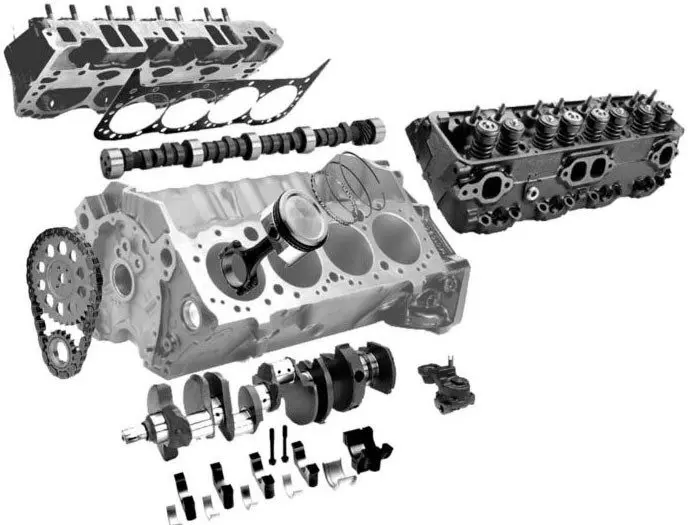
This part covers the cylinders of the block like a cover. The gasket material is used so that technical liquid does not leak out at the joint and the working gases of the engine (air-fuel mixture or expansion gases formed during the explosion of the MTC) do not escape.
The design of the cylinder head allows you to install inside the mechanism responsible for the formation of VTS and the distribution of the order and timing of opening of the intake and exhaust valves. This mechanism is called a timing belt.
Where is the cylinder head
If you lift the hood, you can immediately see the plastic cover in the engine compartment. Often, its design includes the air intake of the air filter and the module of the filter itself. Removing the cover opens access to the motor.
It is worth considering that modern cars can be equipped with different attachments. To get to the motor, you need to disconnect these elements. The largest structure is the motor. Depending on the modification, the unit can have a longitudinal or transverse arrangement. It depends on the drive - rear or front, respectively.

A metal cover is screwed on top of the engine. Much less common is a special modification of engines - boxer, or as it is also called "boxer". In this case, it takes a horizontal position, and the head will not be on top, but on the side. We will not consider such engines, since those who have the means to purchase such a car do not engage in manual repairs, but prefer service.
So, in the upper part of the internal combustion engine there is a valve cover. It is fixed on the head and closes the gas distribution mechanism. The part located between this cover and the thickest part of the engine (block) is exactly the cylinder head.
Purpose of the cylinder head
There are many technical holes and cavities in the head, due to which the part performs many different functions:
- On the side of the dripped cover, fasteners are made for installing the camshaft (read about the purpose and features of this element in a separate review). This ensures the optimal distribution of timing phases in accordance with the stroke that the piston performs in a particular cylinder;
- On the one hand, the head has channels for the intake and exhaust manifolds, which are fixed to the part with nuts and pins;

- Through holes are made in it. Some are designed for fastening the element, others for installing inlet and outlet valves. There are also candle wells into which candles are screwed in (if the engine is diesel, then glow plugs are screwed into these holes, and another type of holes is made next to them - for installing fuel injectors);
- On the side of the cylinder block, a recess is made in the area of the upper part of each cylinder. In the assembled engine, this cavity is a chamber in which air is mixed with fuel (a modification of direct injection, for all other engine options, the VTS is formed in the intake manifold, which is also fixed on the head) and its combustion is initiated;
- In the cylinder head housing, channels are made for the circulation of technical fluids - antifreeze or antifreeze, which provide cooling of the internal combustion engine and oil for lubrication of all moving parts of the unit.
Cylinder head material
Most of the older engines were made of cast iron. The material has high strength and resistance to deformation due to overheating. The only drawback of such an internal combustion engine is its heavy weight.
In order to facilitate the design, manufacturers use a lightweight aluminum alloy. Such a unit weighs much less than the previous analogue, which has a positive effect on the dynamics of the vehicle.
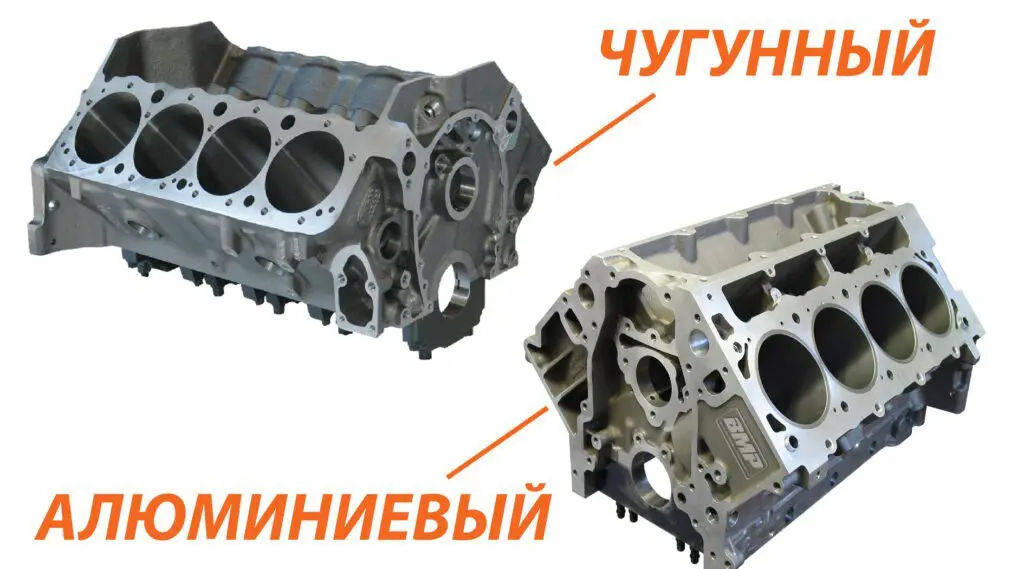
A modern passenger car will be equipped with just such an engine. Diesel models are an exception in this category, since a very high pressure is created in each cylinder of such an engine. Together with the high temperature, this factor creates unfavorable conditions for the use of light alloys that do not differ in their strength. In freight transport, the use of cast iron for the production of engines remains. The technology used in this case is casting.
Part design: what is included in the cylinder head
We have already talked about the material from which the cylinder head is made, now let's pay attention to the device of the element. The cylinder head itself looks like a hollow cover with many different recesses and holes.
This allows the use of the following parts and mechanisms:
- Gas distribution mechanism. It is installed in the part between the cylinder head and the valve cover. The device of the mechanism includes a camshaft, an intake and exhaust system. A valve is installed in each hole at the inlet and outlet of the cylinders (their number per cylinder depends on the type of timing belt, which is described in more detail in the review about the design of camshafts). This device provides an even distribution of the phases of the VTS supply and the exhaust gas removal in accordance with the strokes of the 4-stroke engine by opening and closing the valves. In order for the mechanism to work properly, the design of the head has special support units, where the camshaft bearings (one or more) are installed;

- Cylinder head gaskets. This material is designed to ensure the tightness of the connection between the two elements (how to carry out repairs to replace the gasket material is described in a separate article);
- Technical channels. The cooling circuit partially passes through the head (read about the motor cooling system here) and separately lubrication of the internal combustion engine (this system is described here);
- On the side in the cylinder head housing, channels are made for the intake and exhaust manifolds.
The location for mounting the timing mechanism is also called the camshaft bed. It fits into the corresponding connectors on the motor head.
What are the heads
There are several types of engine heads:
- For overhead valves - most often used in modern cars. Such a device makes it as easy as possible to repair the unit or configure it;

- For the lower valve arrangement - it is used extremely rarely, since such an engine consumes a lot of fuel and does not differ in its economy. Although the design of such a head is very simple;
- Individual for a single cylinder - often used for large power units, as well as on diesel engines. They are much easier to install or remove.
Maintenance and diagnostics of the cylinder head
For the internal combustion engine to work properly (and it will not work without the cylinder head), each motorist is required to comply with the regulations for servicing the machine. Also, an important factor is compliance with the internal combustion engine temperature regime. The operation of the motor is always associated with high temperatures and significant pressure.
Modern modifications are made from a material that can deform at high pressure if the internal combustion engine overheats. Normal temperature conditions are described here.
Cylinder head malfunctions
Since the engine head is only part of its design, breakdowns most often concern not the part itself, but the mechanisms and elements that are installed in it.
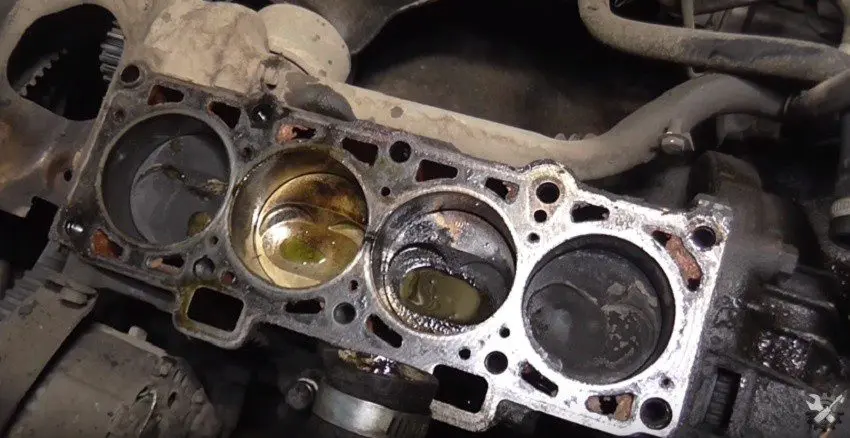
Most often, the cylinder head is removed during repairs if the cylinder head gasket is punched. At first glance, replacing it seems like a simple procedure, in fact, this procedure has several subtleties, which can make repairs expensive. How to properly change the gasket material was devoted to separate review.
The most serious damage is the formation of cracks in the case. In addition to these malfunctions, many car mechanics, speaking about head repair, mean the following repair work:
- The thread in the candle well has broken;
- The elements of the camshaft bed are worn out;
- Valve seat worn.
Many breakdowns are repaired by installing repair parts. However, if a crack or hole has formed, the head is rarely tried to be repaired - it is simply replaced with a new one. But even in difficult cases, some manage to restore the broken part. An example of this is the following video:
So, although at first glance nothing can break in the head, problems with it can still arise. And if a driver encounters a similar problem, he will have to spend money on expensive repairs. To prevent this from happening, the car should be operated in a sparing mode, and the power unit should not be overheated.
Questions and answers:
How are cylinder heads arranged? It is a one-piece piece made of aluminum alloy or alloy cast iron. The lower part of the cylinder head is slightly widened for more contact with the block. The necessary grooves and stops are made inside the cylinder head for the installation of the necessary parts.
Where is the cylinder head located? This element of the power unit is located above the cylinder block. Spark plugs are screwed into the head, and in many modern cars also fuel injectors.
What parts are needed to repair the cylinder head? It depends on the nature of the breakdown. If the head itself is damaged, then you need to look for a new one. To replace a specific part, for example, valves, camshafts, etc., you need to buy a replacement.

